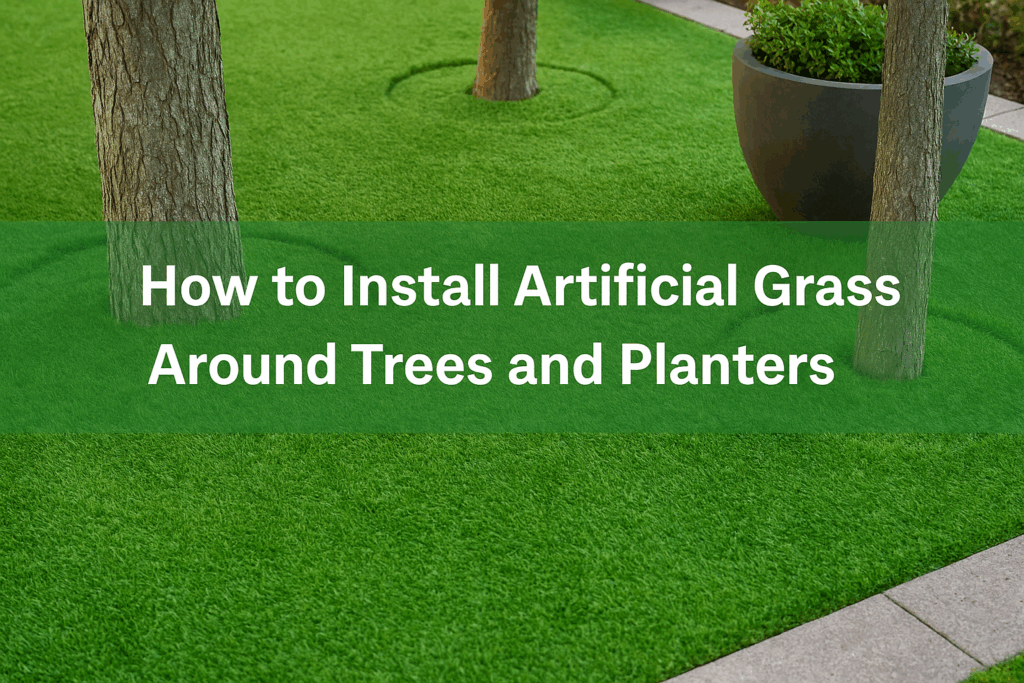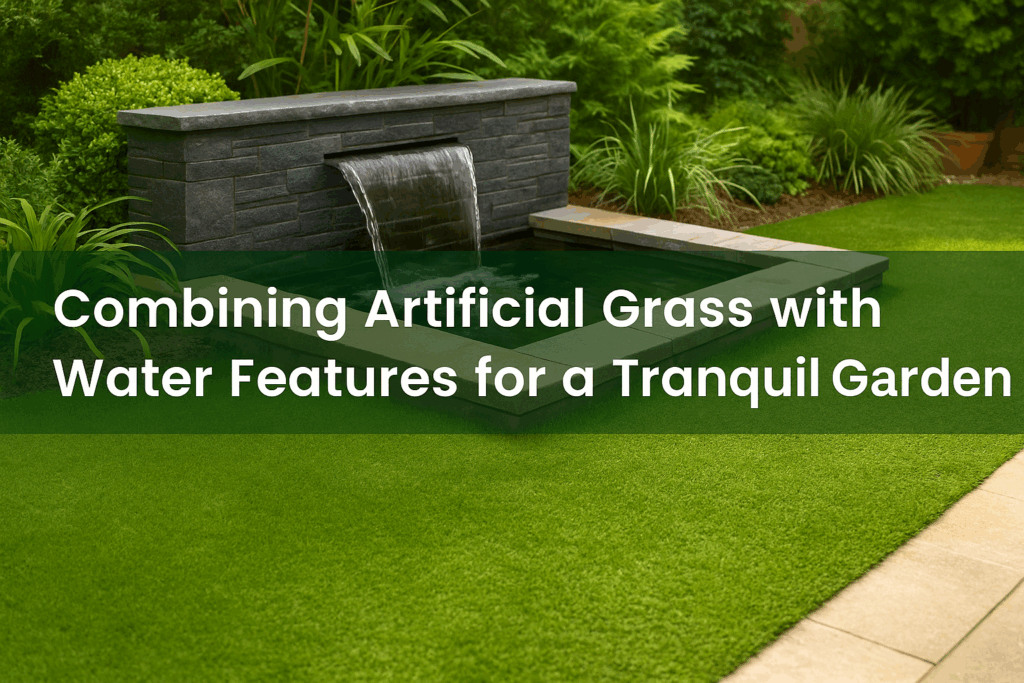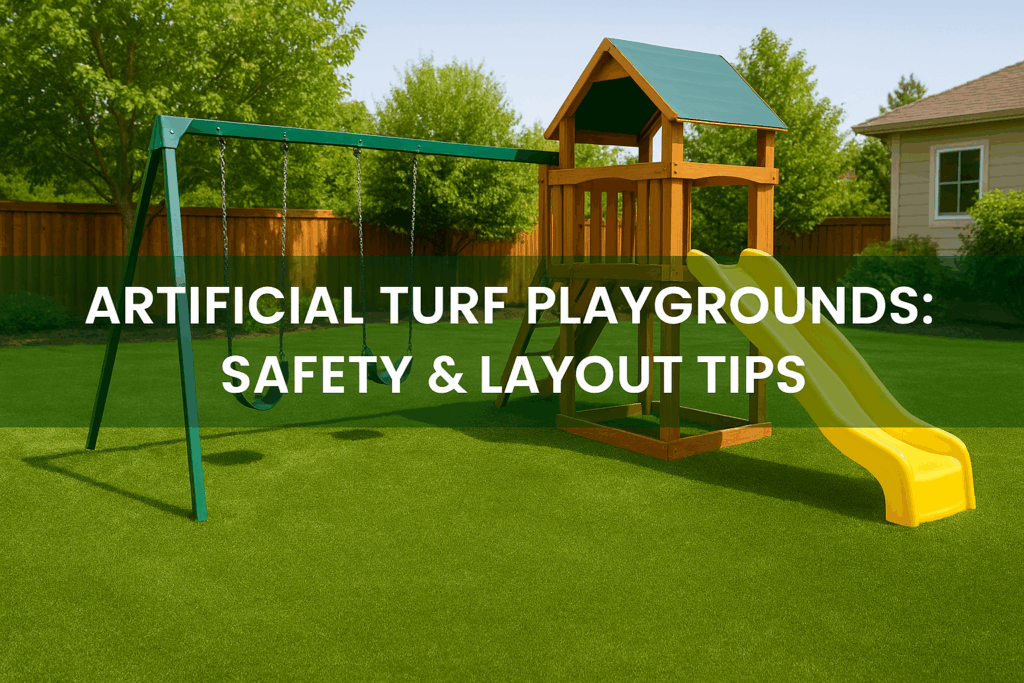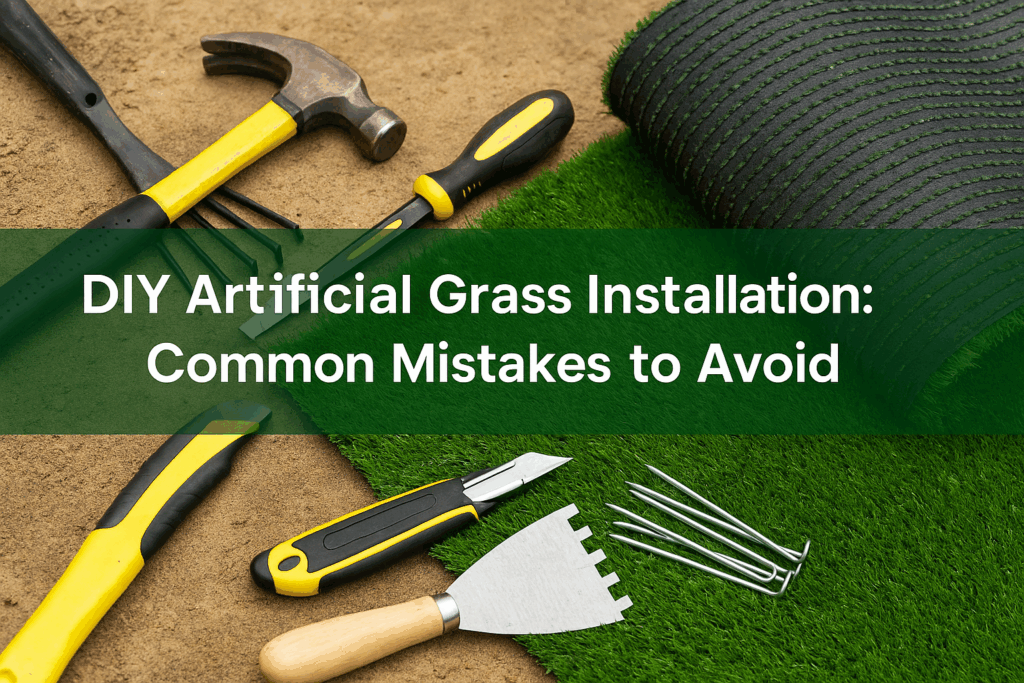As outdoor spaces play an integral role in our homes and communities, understanding how different surfaces react to temperature changes is essential. The topic of artificial turf vs grass temperature is particularly valuable as it addresses practical concerns like comfort, safety, and usability.
With artificial turf gaining popularity for residential, commercial, and recreational use, knowing how its temperature compares to natural grass helps in making informed decisions about landscape design.
This article explores the differences between artificial turf vs grass temperature, the challenges involved, and actionable solutions to manage these differences effectively.
Here’s what we’ll cover in this article:
- Why Artificial Turf Retains More Heat Than Grass
- Key Factors That Impact Surface Temperatures
- Common Problems Associated with Artificial Turf and Grass Temperatures
- Practical Tips for Cooling Artificial Turf
- Choosing the Right Surface for Your Needs
- How Buy-Grass Can Help With Your Landscaping Solutions

Why Artificial Turf Retains More Heat Than Grass
One of the most notable differences between artificial turf and natural grass is how they absorb and retain heat.
Artificial turf is made of synthetic materials such as polyethylene or polypropylene, which naturally absorb more heat than organic materials like grass.
Furthermore, artificial turf lacks the natural cooling process known as evaporative cooling—a phenomenon where grass releases moisture to reduce surface temperatures.
In direct sunlight, artificial turf can reach temperatures 30–50 degrees Fahrenheit higher than natural grass, making it much hotter to touch or walk on during warm days.
This heat retention can affect usability, especially in outdoor play areas for children or pets. To learn more, read our blog on Does Artificial Grass Get Really Hot?.
This resource provides a detailed infographic comparing synthetic turf and natural grass in key areas, including temperature differences.
For outdoor play solutions, consider exploring our artificial grass for pets or sports surfaces for safe and durable options.
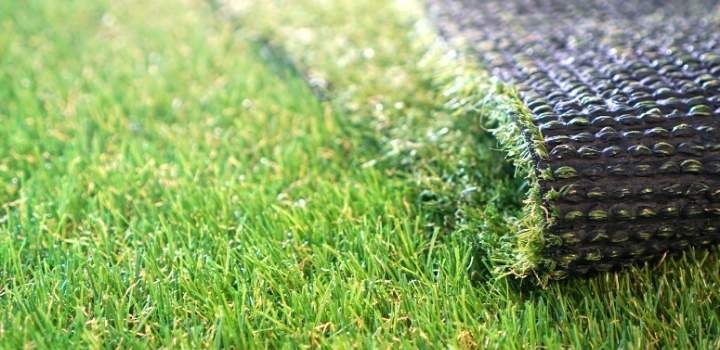
Key Factors That Impact Surface Temperatures
Several factors influence the temperature differences between artificial turf and natural grass:
- Material Composition: Artificial turf is made of heat-absorbing plastics and infill materials, while grass is an organic material that stays cooler naturally.
- Color: Darker shades of artificial turf absorb more sunlight, leading to higher temperatures.
- Exposure to Direct Sunlight: Both surfaces heat up under direct sunlight, but artificial turf gets hotter due to its composition.
- Presence of Shade: Shaded areas reduce temperature for both turf and grass, but the cooling effect is more pronounced on grass.
For expert recommendations on installing the right type of artificial turf for your environment, visit our professional installation services page.
Additionally, check out our blog on How Hot Does Artificial Turf Get? for more in-depth insights.

Common Problems Associated with Artificial Turf and Grass Temperatures
Here are some typical challenges people encounter when comparing artificial turf and grass temperatures:
- Heat Retention Differences: Artificial turf retains significantly more heat, making it uncomfortable for barefoot activities.
- Inconsistent Measurement Conditions: Environmental factors like time of day and weather conditions make it difficult to compare surface temperatures accurately.
- Impact of Surface Materials: Rubber infill and plastic blades in artificial turf amplify heat absorption, while natural grass benefits from moisture and soil insulation.
- Effects on Usability: High temperatures on artificial turf can limit its use during the day, particularly in playgrounds or sports fields. This study evaluates the thermal stress experienced by athletes on both natural and artificial turf, offering valuable data on temperature impacts during sports activities.
- Longevity and Heat Degradation: Continuous high temperatures can degrade artificial turf materials over time, impacting durability.
- Environmental and Cooling Factors: Grass cools through natural processes, while artificial turf requires external cooling solutions like water or shade.
To explore options tailored to your specific needs, check out our DIY artificial turf solutions or let our professionals handle everything with our Do-It-For-Me service.
For a comprehensive guide on buying artificial grass, read our blog: 10 Things to Know Before Buying Artificial Grass.

Practical Tips for Cooling Artificial Turf
If you’re concerned about artificial turf overheating, here are some practical solutions:
- Install Shading Structures: Use pergolas, awnings, or shade sails to reduce direct sunlight exposure on artificial turf.
- Opt for Cooling Infill Materials: Some artificial turf products come with cooling infill that reduces surface temperatures by reflecting sunlight.
- Choose Lighter-Colored Turf: Lighter shades of artificial turf absorb less heat compared to darker varieties.
- Water the Turf: Spraying water on artificial turf during peak sunlight hours can temporarily lower its temperature.
- Plant Trees or Tall Shrubs: Incorporating natural shade into your landscape design helps cool down the surrounding environment.
For complete outdoor solutions, including plants and shading ideas, visit our outdoor living page or explore our artificial plants for low-maintenance greenery.
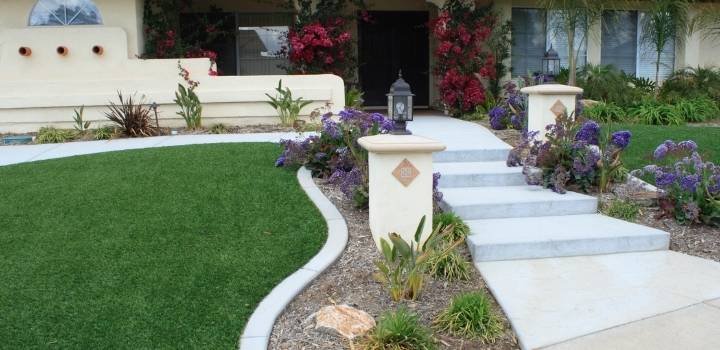
Choosing the Right Surface for Your Needs
When deciding between artificial turf and natural grass, it’s essential to consider your specific needs:
- Low Maintenance vs. Natural Appeal: Artificial turf offers the convenience of low maintenance, while natural grass provides the charm of organic greenery.
- Climate Considerations: In hotter regions, the temperature difference may weigh more heavily in favor of natural grass unless cooling measures are implemented for artificial turf.
- Intended Use: For heavy-use areas like sports fields, artificial turf may be more practical despite its higher temperatures.
If you’re considering artificial turf for specialized applications, like putting greens or multipurpose lawns, we offer premium options designed to meet diverse requirements.
How Buy-Grass Can Help With Your Landscaping Solutions
At Buy-Grass, we specialize in providing premium artificial grass and landscaping solutions tailored to your unique needs.
Whether you’re looking for heat-resistant turf, expert installation, or practical landscaping advice, our team is here to help.
Known for our fast response times and high-quality products, we aim to make your outdoor space both functional and beautiful.
If you’re considering artificial turf or want to learn more about managing the artificial turf vs grass temperature difference, contact us today for expert assistance.
Together, we’ll create a landscape you’ll love for years to come!


